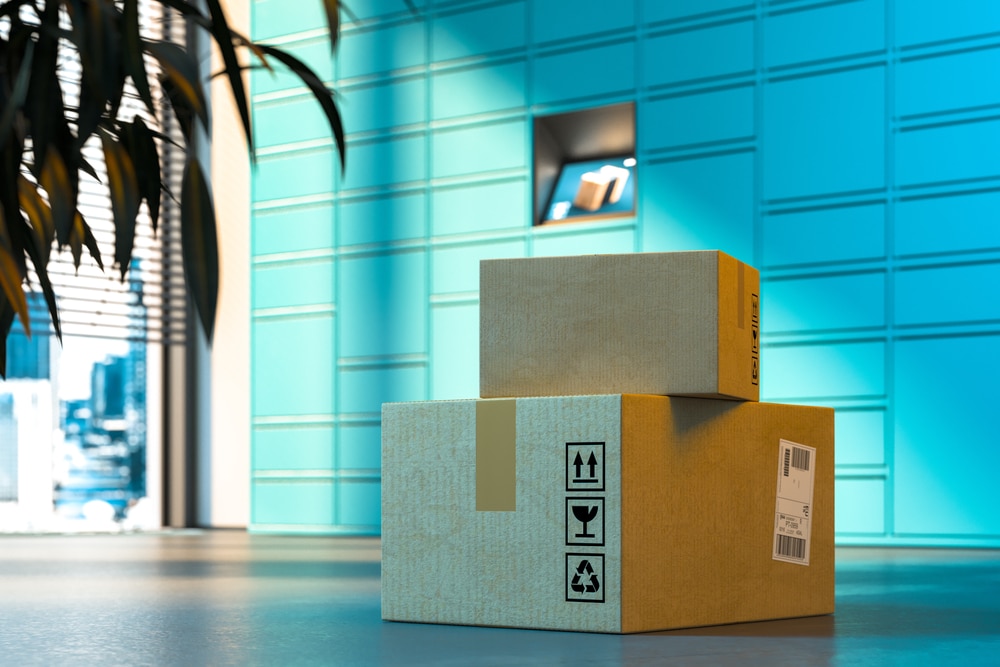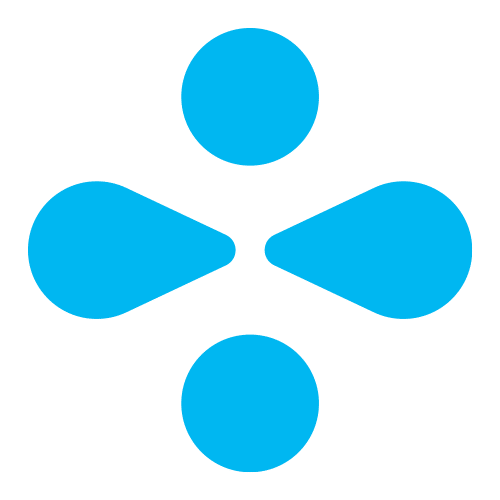Insight / Blog
How to change consumer behaviour: We talk to Royal Mail, CTT and Delivering London

Summary: We spoke to industry leaders about consumer behaviour, convenience and sustainability.
This piece was first published on postandparcel.info.
Recently, we ran a webinar: ‘Changing consumer behaviour in delivery and returns – with Royal Mail, CTT Correios and Delivering London’, which you can watch on-demand here. During this event, Doddle CRO Mike Richmond sat down with key leaders from – you guessed it – Royal Mail, Delivering London and CTT Correios de Portugal. The conversation focused on how carriers and posts can look to change consumer behaviour and drive adoption of new services in last-mile delivery and returns, as well as touching on the key decision factors in consumer choice: convenience and sustainability.
If you haven’t had a chance to catch up, here are the key insights.
Convenience drives adoption in the last mile
Rachel Winham, Head of Parcel Collect at Royal Mail, helped kick off the event with an in-depth look at Parcel Collect. Previously, we discussed this service’s potential to turn Royal Mail into returns leaders. Still, it was refreshing to hear how the service was born from customer convenience, which remains its most significant driver of adoption.
Royal Mail’s Universal Service Obligation (USO) puts them under obligation to deliver to every address in the UK. Parcel Collect turns this obligation into an advantage by allowing postal workers to collect whilst delivering, saving consumers a journey.
Rachel Winham“Why would you want to leave the house and queue when you can hand it to your postie?”
Delving deeper into the convenience element, Rachel explains that Parcel Collect is more than just a home collection offer, as consumers don’t have to be at home for a parcel to be collected. Consumers can leave packages in designated safe spaces or use work addresses, providing greater flexibility.
The biggest adoption driver for Parcel Collect has been Bring My Label, a paperless collection option where postal workers bring labels to the doorstep. This service doesn’t just appeal to consumers without printers but also solves what Alan Barrie, Chair at Stamp Free and Co-Chair at Delivering London, cites as a pain point for consumers.
“The research that we’ve done says that people find it a faff”, Alan elaborates, stating that “anything you can do to actually digitise and simplify [the experience] further enhances the service”.
One positive experience to change consumer habits
Francisco Travassos, Head of Strategy and Business Development at CTT Correios, shared some fascinating information on the Locky carrier agnostic lockers deployed in Portugal. Locky building its customer base from scratch – but those that have used it are displaying incredibly high satisfaction.
The biggest problem is with awareness. Francisco explains that some consumers don’t recognise that lockers are used for parcels, mistaking them for luggage storage or other solutions. But once this awareness barrier is broken and consumers have used the lockers, Locky receives positive feedback.
Alan also backs this up, stating that the one consistent across out-of-home (OOH) delivery networks is high NPS scores (or scores “to die for”!) in the upper 70s. OOH experiences are overwhelmingly positive, but the main challenge is getting consumers to try for the first time. Our past data at Doddle, Mike reminds us, has shown that once a consumer has used PUDO more than once, they will use it an average amount of 13 times a year.
Rachel also confirms this with Parcel Collect, stating that once consumers try it, provided that the experience is positive, they are more likely to continue using it – which has led to Parcel Collect achieving eight times more volume than last year.
What can carriers do to further change consumer behaviour?
To Alan, the trick to changing consumer behaviour is to “recognise that different consumers have different levers” and understand that some motivating factors don’t always work. Just because consumers want more environmentally friendly solutions doesn’t mean they will change their behaviours. “People are selfish”, Alan states, explaining that consumers will opt for the options that are more convenient, easier, or cheaper for them at the moment of purchase.
To Mike, price is the biggest factor that drives change. Using Amazon as an example, he recounted how the company offered consumers £5 off orders delivered to Amazon Hub locations to encourage that first use. They used price as a motivator to inspire change in the first instance to become habitual users.
Mike Richmond“Price is the sledgehammer that starts the behaviour change”
During this debate, an audience question asked how much of consumer behaviour is driven by convenience, how much of it is driven by the consumer’s desire to be more sustainable, and how much of that will change.
Unanimously, everyone agreed that although sustainability plays a part in adoption, the biggest driving factor must be convenience to consumers, particularly given a general lack of information at the checkout when it comes to explaining which delivery options are actually more sustainable. Alan explains that although there is a strong consumer desire for sustainability information at the point of purchase, only 3% of consumers believe that they get it. Until the day this data is clear and easy to compare, sustainability takes a backseat to convenience.
How we design for consumer change with our OOH checkouts
The need for a sustainability standard
Mike vividly sets the scene for retailer checkouts, calling them a “wild west situation” with how sustainability information is presented and discussed. “Everyone is marking their own homework, ” he continues, showcasing how carriers are free to publish different sets of data without any standard around reporting. This makes it harder for consumers to compare carriers and options, making it different for consumers to make informed decisions around sustainability.
In addition, Francisco points out that without a standard to be compliant to, it can be easy for information to be greenwashed (even accidentally so) to appear more sustainable than they actually are, misleading consumers.
Agreeing that a sustainability standard is needed, Alan proposes a similar categories system to the energy efficiency rating used on appliances – allowing consumers to see the ‘greenest’ options at a glance. Whatever the standard looks like, until one is created, sustainability is unlikely be the leading adoption factor for OOH delivery.
–
Quotes are taken from Doddle’s webinar, ‘Changing consumer behaviour in delivery and returns – with Royal Mail, CTT Correios and Delivering London’.
Related articles
Return fees or free returns: why not both?
Debates between return fees or free returns miss the bigger picture: how to address the root issues of returns.
7 tactics to drive self-service parcel drop-off adoption
Focusing on parcel kiosks, we explore 7 tactics to encourage customer adoption and drive volume into out-of-home (OOH) delivery networks.
Important lessons from Leaders in Logistics 2024
Leaders in Logistics 24 dived into AI & automation, sustainability, changing ecommerce behaviours, emerging consumer expectations & predicted what the next decade had in store.













